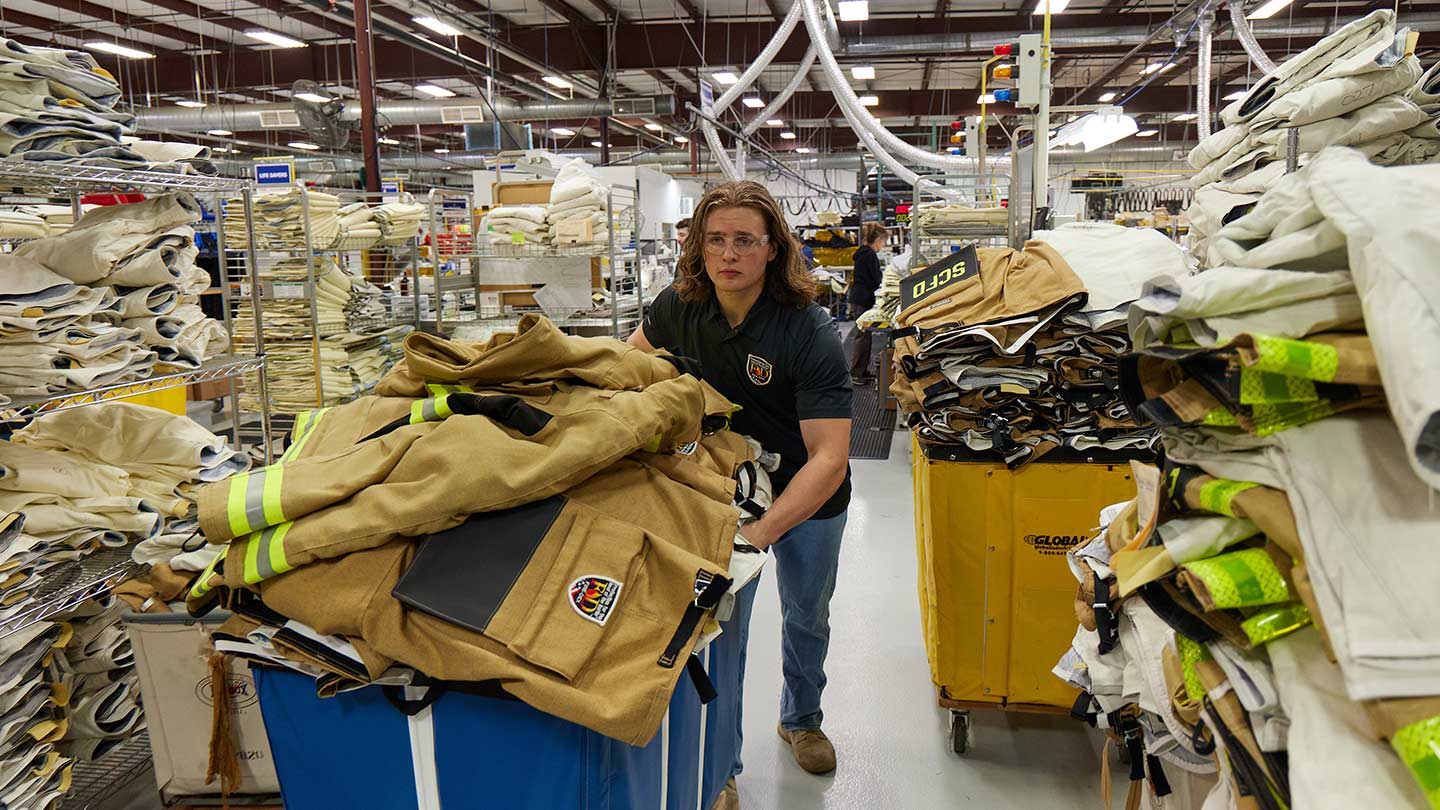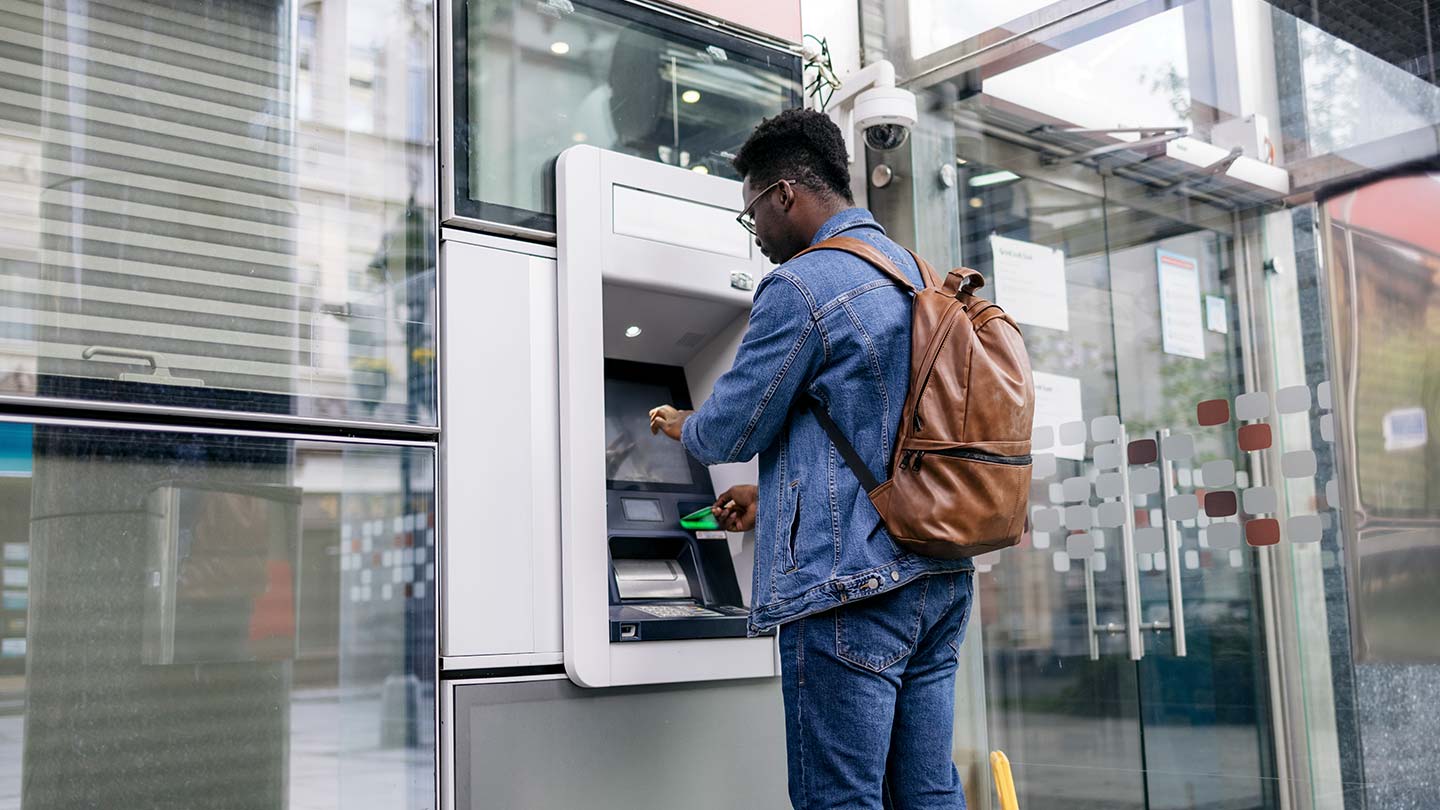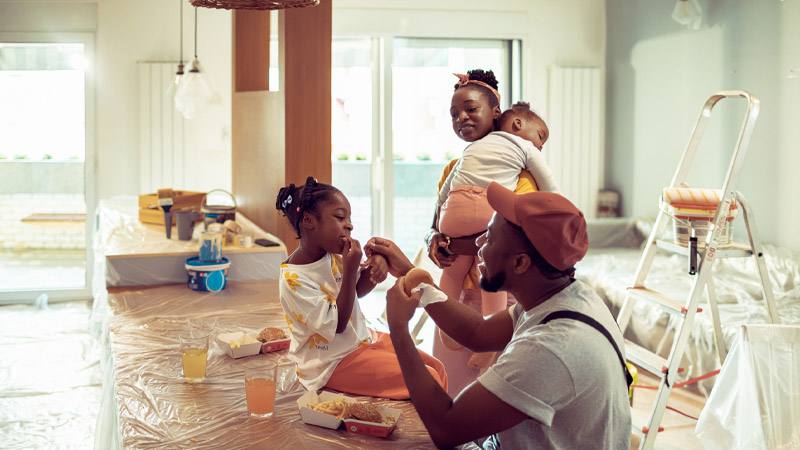Where you live determines how you live. It was true before the COVID-19 crisis, and it’s even more true now.
Access to safe, affordable housing is a leading determinant of income and wealth, health, and overall quality of life. Owning a home is critical to building wealth and supporting family stability over time.
Yet for many households, and especially Black and Latinx households, access to stable, affordable housing and owning a home in neighborhoods that offer good-quality jobs, schools and critical resources is increasingly out of reach.
What does this look like?
- Across the U.S., nearly 14 million people live in extremely poor neighborhoods with no access to basic amenities, such as quality jobs, grocery stores or transportation. That’s two times the number of people who lived in such neighborhoods in 2000.
- The Black-white homeownership gap is 31 percentage points—larger than it was in 1968, when housing discrimination was legal.
- 43 percent of Black and 40 percent of Hispanic households are “cost-burdened”, meaning they spent more than 30 percent of their incomes on housing, compared with 25 percent of white households.
Right now, the response to these disparities is scattershot and incremental, and in the context of stubborn structural barriers. Additionally, the pandemic widened the housing affordability gap, undermined existing efforts to promote equitable neighborhoods, and exacerbated the housing supply shortage.
The result is Black and Latinx people face additional barriers to critical pathways to mobility. Taken together, the United States is facing a housing affordability crisis that stands in the way of the broader effort to dismantle structural inequities and create thriving communities.
Four Steps to Stability, Affordability and Wealth Creation
JPMorgan Chase is dedicated to addressing these systematic and structural challenges to improve the ability of Black and Latinx households to access, secure, and maintain safe and affordable homes connected to opportunities. The firm recently announced $400 million commitment and a new housing policy agenda to address this, as part of JPMorgan Chase’s broader $30 billion commitment to advance racial equity.
We are supporting a two-pronged approach:
1. Providing philanthropic support to mission-driven organizations that fund immediate housing stability for Black and Latinx households, including foreclosure and eviction prevention programs.
2. Improving housing affordability and wealth creation for Black and Latinx households by collaborating with nonprofits and organizations that finance more efficient preservation and production models, remove barriers to production and access, and support pathways to sustainable homeownership.
How will we do this? Over the last two years, we’ve talked with community leaders at all levels about what it’s going to take to bring stability, affordability, and equal opportunity to the U.S. housing market. We are centering our approach on four takeaways from these conversations:
1) Improve and streamline more sustainable construction and preservation models.
Today, the U.S. has a shortage of nearly seven million rental housing units for extremely low-income renters. Despite the backlog, we still build homes the same way we did 50 years ago. It’s time to invest in new models of climate-friendly construction and preservation that drive down costs and increase speed to market for new, affordable homes. One pioneer in this work is PUSH Buffalo, which is building and rehabbing single-family affordable housing with net zero standards and decarbonizing vacant two-unit buildings with green technology for first time homeownership. JPMorgan Chase recently made an equity investment in PUSH Buffalo, and we’re working with other community leaders to bring more efficiency, sustainability and innovation to housing construction and preservation.
2) Advance structural policy reforms.
To scale change, we need regulatory and policy changes to both dismantle systemic discrimination in housing, and to encourage more effective models for boosting access to and supply of affordable homes. The JPMorgan Chase PolicyCenter will partner with policymakers and community leaders to advance data- and evidence-based solutions to tackle housing challenges. Short-term, these policy recommendations are focused on programs to prevent foreclosures and evictions, and extend rental relief for tenants experiencing financial difficulties because of the COVID crisis, as well as economic relief to landlords. Bigger picture, recommendations focus on stronger nondiscrimination policies for the housing market, increased subsidies to reflect the true costs of living, mortgage market reforms that expand the availability of affordable, sustainable loans, and zoning and regulatory policies that make it easier to start needed projects.
3) Listen to the communities, engage multi-sector stakeholders.
Community members know best what they need. We must work to advance residents’ voices for what their neighborhoods can be, develop equitable housing plans, and influence developers, lenders, policymakers and other market players to be part of the solution. Collectively, we need multi-sector teams to work together to go beyond individual projects to change the housing system in these communities. Right now, JPMorgan Chase is working with Center for Community Investment to help six cities establish shared priorities, create pipelines of relevant projects, and shape an environment for policies and practices that facilitate equitable housing for Black, Latinx and other households of color.
4) Create or improve pathways to sustainable homeownership.
Owning a home is critical to building wealth and ensuring family stability over time, and yet the home ownership gap means people and families of color have obstacles to this critical pathway to mobility. The obstacles on the path to homeownership for many families of color aren’t new. So, we’re helping to address them. In a local example, JPMorgan Chase is working with The Resurrection Project in Chicago, which together with its partners is increasing housing access and affordability for first-time homebuyers through modular housing and innovative financial products in the South and West side neighborhoods of the city. Specifically, they are testing new financial products for homebuyers, such as second mortgage loans and rehab loans, developing new counseling programs to improve credit through affordable consumer loans and providing trainings to residents on how to engage their communities.
It Takes a Village
The issues around creating safe, affordable and equitable housing opportunities are complex and entrenched – and the solutions will require multi-faceted approaches and collaboration across many partners, sectors and communities. We’re committed to doing our part to improve the system, especially for Black and Latinx families.
When we all have access to quality housing, our communities and our country will thrive. That’s the real American dream.




